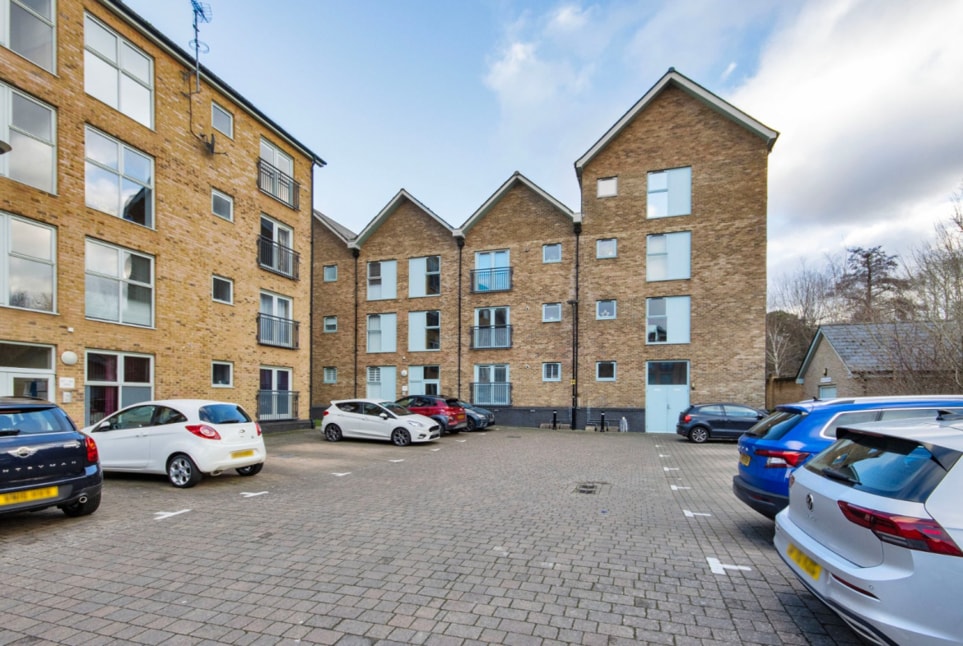Unveiling the Planning Puzzle: A Deep Dive into Dartford Darenth Planning Permission
Tucked away in the green folds of north Kent, Darenth isn’t just a quaint village with ancient churches and rolling farmland — it’s a place where modern development dreams collide with layers of history and regulation. Whether you’re a homeowner eyeing a loft conversion or a developer with grander ambitions, understanding the planning permission landscape in Dartford Darenth is the key to turning blueprints into reality.
This guide is not a generic one-size-fits-all — it’s a bespoke insight into Darenth’s specific planning dynamics, shaped by local policy, conservation sensitivities, and Dartford Borough Council’s evolving vision for the area.
1. What Makes Darenth Different in Planning Terms?
Darenth is not your average planning zone. As part of the Dartford Borough, it shares strategic housing targets and infrastructure ambitions, but its village character, green belt designation, and proximity to heritage assets make planning applications far more nuanced.
Many properties in Darenth lie within or adjacent to conservation areas, green belt land, or agricultural zones, which means even small-scale extensions might require a detailed application supported by heritage impact statements or design assessments.
2. When Do You Need Planning Permission in Darenth?
While Permitted Development Rights (PDRs) cover certain home improvements, these rights can be restricted in areas like Darenth. You’ll generally need permission if you’re:
- Extending beyond certain size thresholds
- Altering the roof (e.g., dormers or roof terrace)
- Changing the building’s use (e.g., converting barns to homes)
- Developing on green belt or agricultural land
- Adding outbuildings forward of the principal elevation
Moreover, even routine changes like new fences or driveways may trigger an application if your property is listed or in a sensitive zone.
3. Local Plan Policies That Shape Darenth
Dartford Borough Council’s Local Plan, updated in 2024, plays a crucial role. For Darenth, key policies include:
- Policy MGB1 (Green Belt Protection): Strict controls on sprawl and volume increases.
- Policy DP7 (Design Quality): Emphasis on architecture that complements local character.
- Policy CS10 (Housing Delivery in Rural Areas): Allows rural growth, but with strong emphasis on scale, sustainability, and community integration.
These policies mean your planning strategy in Darenth must not only follow rules but speak the language of place-making.
4. Common Planning Challenges in Darenth
Darenth’s picturesque charm comes with strings attached. Here are common hurdles applicants face:
- Objections from heritage officers regarding visual impact
- Highways concerns due to narrow rural roads
- Ecological surveys required near woodland or protected land
- Flood risk assessments for developments near watercourses
Anticipating these and front-loading your application with professional reports can dramatically improve success rates.
5. Insider Tips for a Successful Planning Application
To increase your chances of securing planning permission in Darenth:
- Pre-application advice: Engage with the council early for feedback.
- Heritage consultants: If your site is near listed buildings, their reports are gold.
- Design-led approach: Proposals that reflect Kentish vernacular styles get a warmer reception.
- Sustainability: Integrating heat pumps, solar panels, or natural landscaping wins points.
Remember, your application isn’t just a form — it’s a narrative. The more your story aligns with local values, the better.
6. Recent Trends and Case Studies in Darenth
Recent approvals in Darenth reveal shifting patterns:
- A converted stable block near Darenth Hill was approved after sensitive landscaping and use of reclaimed brick.
- A contemporary garden studio within the green belt was passed due to its subterranean design and minimal visual impact.
- A three-home rural infill was approved after a Section 106 agreement provided funding for footpath improvements.
These examples show that creative, site-responsive solutions are often rewarded — even in restrictive contexts.
7. Planning for the Future: What Lies Ahead for Darenth?
With Dartford Borough set to deliver thousands of new homes by 2030, pressure is mounting on surrounding villages, including Darenth. However, the council is also clear: character and heritage must be preserved.
Expect tighter scrutiny, more emphasis on biodiversity net gain, and perhaps, digital planning tools that enhance transparency and community input.
Conclusion: Your Planning Pathway in Darenth
Securing planning permission in Dartford Darenth isn’t about ticking boxes — it’s about understanding place, policy, and people. It requires a delicate balance between ambition and respect for history, between innovation and tradition.
Whether you’re planning a single-storey rear extension or envisioning a small rural development, investing in the right expertise and engaging early with the planning system will turn your vision into a reality — the Darenth way.



No responses yet